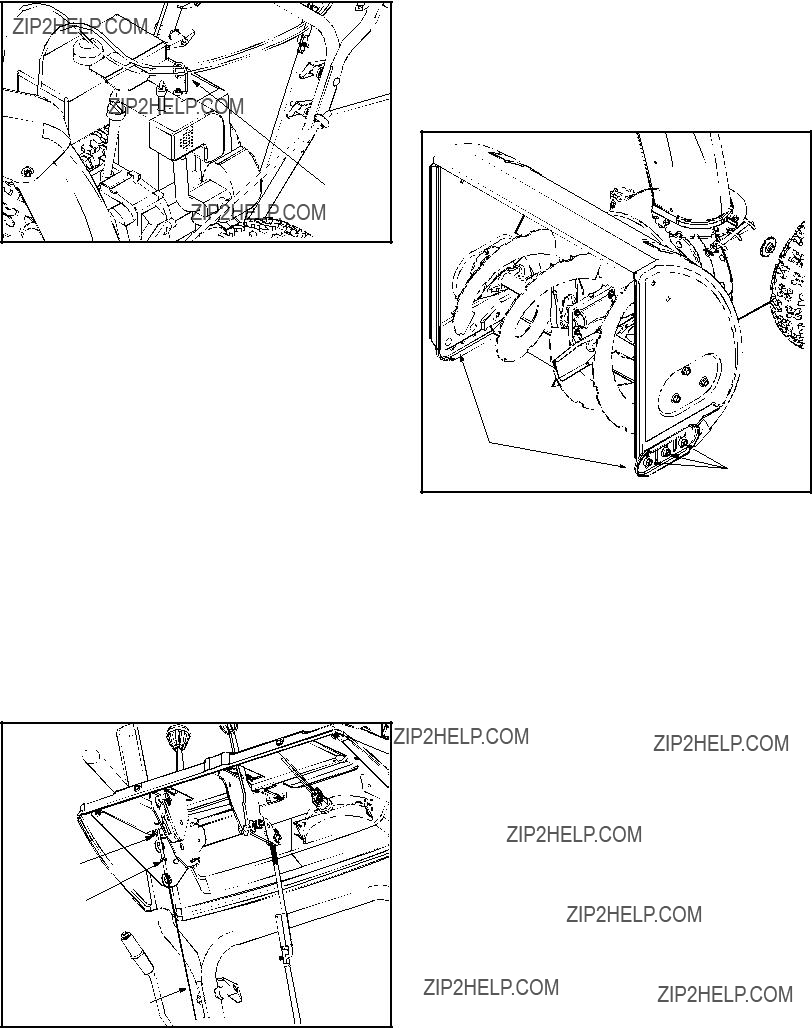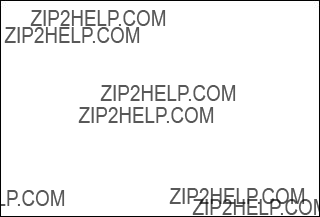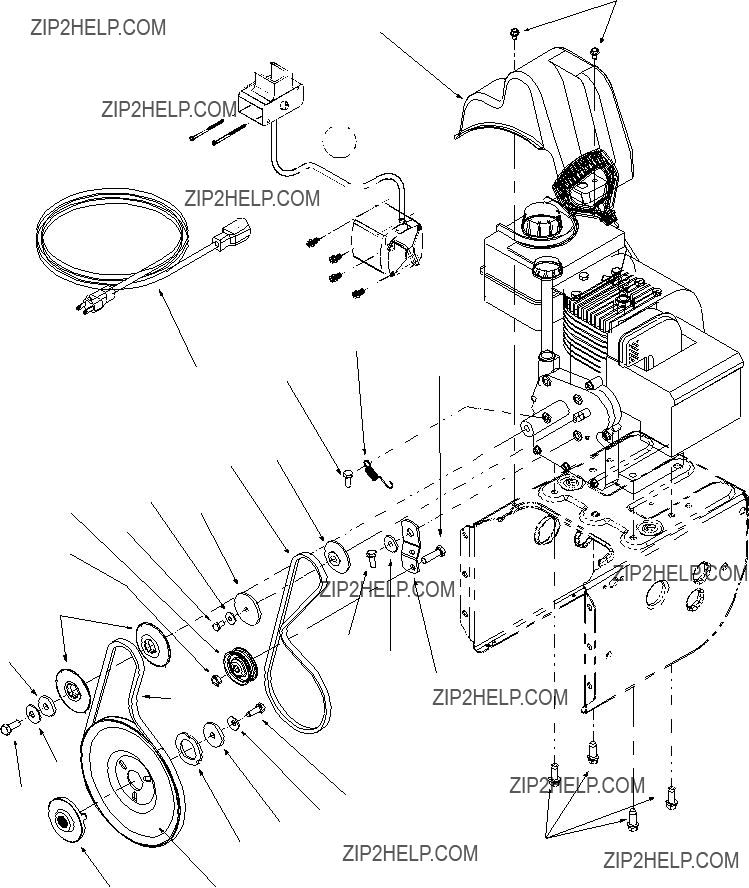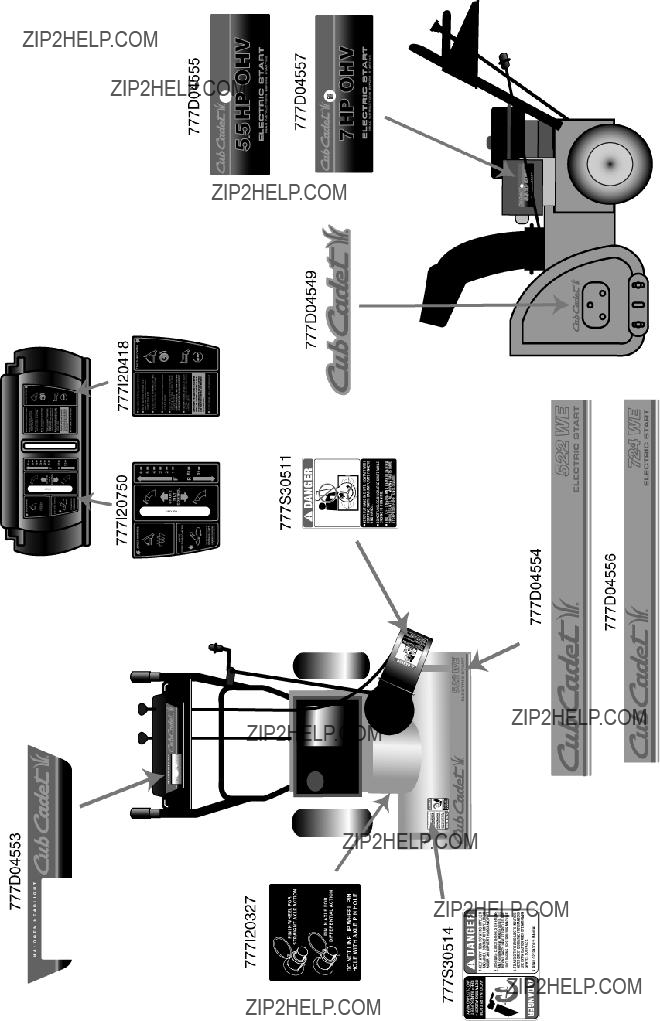5.Never run an engine indoors or in a poorly ventilated area. Engine exhaust contains carbon monoxide, an odorless and deadly gas.
6.Do not operate machine while under the influence of alcohol or drugs.
7.Muffler and engine become hot and can cause a burn. Do not touch.
8.Exercise extreme caution when operating on or crossing gravel surfaces. Stay alert for hidden hazards or traffic.
9.Exercise caution when changing direction and while operating on slopes.
10.Plan your snow throwing pattern to avoid discharge towards windows, walls, cars etc. To avoid property damage or personal injury caused by a ricochet.
11.Never direct discharge at children, bystanders and pets or allow anyone in front of the machine.
12.Do not overload machine capacity by attempting to clear snow at too fast of a rate.
13.Never operate this machine without good visibility or light. Always be sure of your footing and keep a firm hold on the handles. Walk, never run.
14.Disengage power to the auger/impeller when transporting or not in use.
15.Never operate machine at high transport speeds on slippery surfaces. Look down and behind and use care when in reverse.
16.If the machine should start to vibrate abnormally, stop the engine, disconnect the spark plug and ground it against the engine. Inspect thoroughly for damage. Repair any damage before starting and operating.
17.Disengage all clutch levers and stop engine before you leave the operating position (behind the handles). Wait until the auger/impeller comes to a complete stop before unclogging the discharge chute, making any adjustments, or inspections.
18.Never put your hand in the discharge or collector openings. Always use a clearing tool to unclog the discharge opening.
19.Use only attachments and accessories approved by the manufacturer (e.g. wheel weights, tire chains, cabs etc.).
20.If situations occur which are not covered in this manual, use care and good judgment. Contact your dealer or telephone 1-800-800-7310 for assistance and the name of your nearest servicing dealer.
 DANGER
DANGER
 NEVER PUT HAND IN CHUTE. CONTACT WITH
NEVER PUT HAND IN CHUTE. CONTACT WITH
ROTATING PARTS CAN AMPUTATE FINGERS
AND HANDS.
 DO NOT UNCLOG DISCHARGE CHUTE WHILE
DO NOT UNCLOG DISCHARGE CHUTE WHILE
ENGINE IS RUNNING.
 SHUT OFF ENGINE AND REMAIN BEHIND
SHUT OFF ENGINE AND REMAIN BEHIND
HANDLES UNTIL ALL MOVING PARTS HAVE
STOPPED BEFORE UNCLOGGING.
Maintenance And Storage
1.Never tamper with safety devices. Check their proper operation regularly.
2.Disengage all clutch levers and stop engine. Wait until the auger/impeller come to a complete stop. Disconnect the spark plug wire and ground against the engine to prevent unintended starting before cleaning, repairing, or inspecting.
3.Check bolts, and screws for proper tightness at frequent intervals to keep the machine in safe working condition. Also, visually inspect machine for any damage.
4.Do not change the engine governor setting or over-speed the engine. The governor controls the maximum safe operating speed of the engine.
5.Snow thrower shave plates and skid shoes are subject to wear and damage. For your safety protection, frequently check all components and replace with original equipment manufacturer???s (O.E.M.) parts only. ???Use of parts which do not meet the original equipment specifications may lead to improper performance and compromise safety!???
6.Check clutch controls periodically to verify they engage and disengage properly and adjust, if necessary. Refer to the adjustment section in this operator???s manual for instructions.
7.Maintain or replace safety and instruction labels, as necessary.
8.Observe proper disposal laws and regulations for gas, oil, etc. to protect the environment.
9.Prior to storing, run machine a few minutes to clear snow from machine and prevent freeze up of auger/impeller.
10.Never store the machine or fuel container inside where there is an open flame, spark or pilot light such as a water heater, furnace ,clothes dryer etc.
11.Always refer to the operator???s manual for proper instructions on off-season storage.
Your Responsibility:
Restrict the use of this power machine to persons who read, understand and follow the warnings and instructions in this manual and on the machine. The safety labels are given below for your reference.




 DANGER
DANGER NEVER PUT HAND IN CHUTE. CONTACT WITH
NEVER PUT HAND IN CHUTE. CONTACT WITH DO NOT UNCLOG DISCHARGE CHUTE WHILE
DO NOT UNCLOG DISCHARGE CHUTE WHILE SHUT OFF ENGINE AND REMAIN BEHIND
SHUT OFF ENGINE AND REMAIN BEHIND














 8
8 25
25


 21
21 24 22
24 22

 1
1




 43
43

 31
31





 34
34



 27
27 35
35




 26
26 43
43



 31
31 32
32 37
37 36
36 33
33





